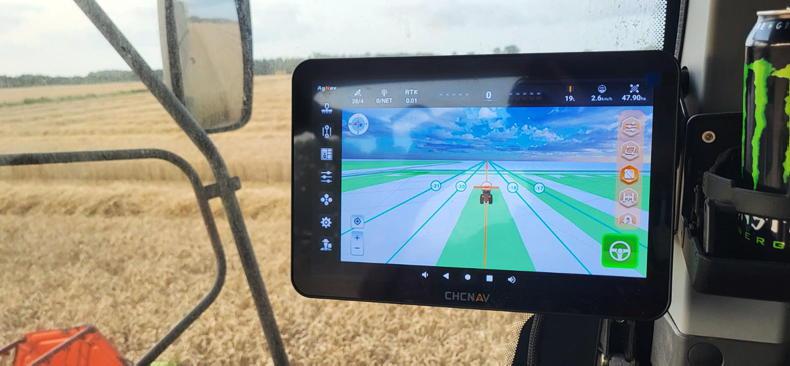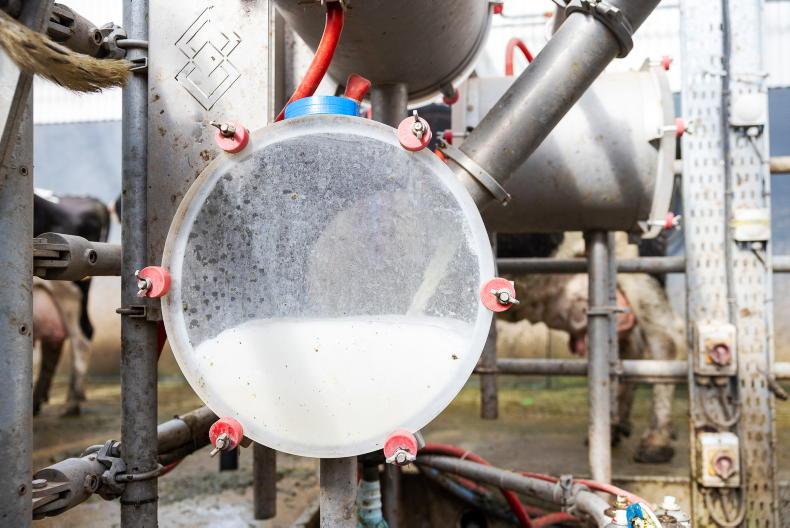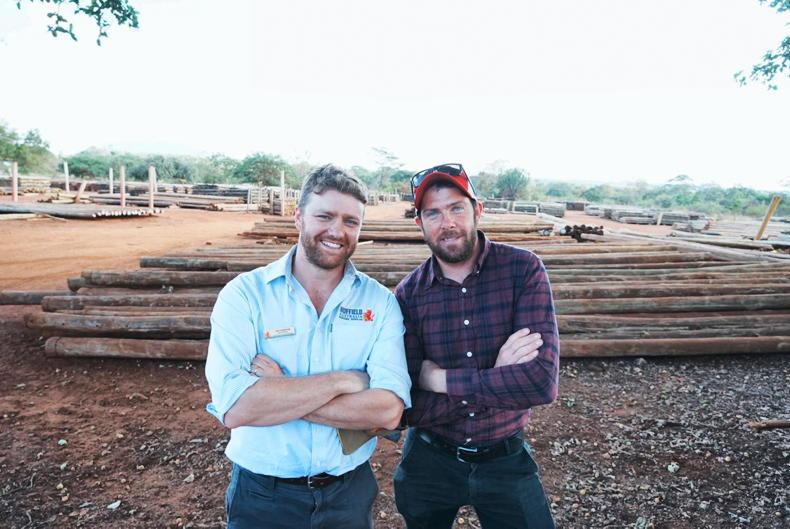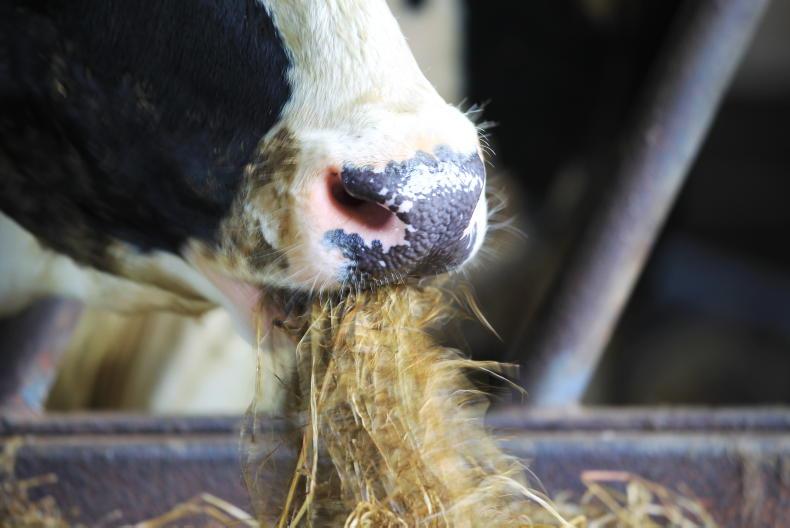January is typically a quiet month on the farm. With the New Year and holiday season behind us, there hasn’t been much action beyond the daily tasks required to keep things running.
The main activities have been drying off cows and continuing with breeding.
So far, breeding seems to be going well, with a 92.5% submission rate in the first three weeks and, based on data from the heat collars, I anticipate a relatively good conception rate.
However, I always feel a bit anxious until we conduct our first scan next week – we will be keeping our fingers crossed until then.
The majority of the autumn herd has been served and they are milking reasonably well, averaging 30.8 litres at 99 days-in-milk.
However, the feeding rate is currently at 0.37kg meal per kg of milk, which is relatively high for our system, although given the current price ratio for meal to milk, it’s proving worthwhile this winter.
Unfortunately, I believe the low dry matter content of all our forages is slightly limiting overall dry matter intake, which in turn is hitting milk yield.
Monitor
This is our third year using collars on cows to monitor both health and fertility in the milking herd.
Every year, I’m more impressed with how effective they are.
I now rely solely on them for heat detection, which saves me an hour, or more, each day during the early stages of breeding.
The data from the collars on the timing of heats is particularly helpful, allowing me to better plan artificial insemination, which I hope will improve conception rates.
Additionally, the collars have helped me identify cows that have lost a pregnancy over the summer months when we weren’t actively breeding or previously monitoring heats.
There is also the earlier detection of E. coli mastitis – the system picks it up one milking earlier than us, due to low rumination activity in affected animals.
As a result, this technology is now vital on our farm, assisting with fertility, health and ultimately profitability within our herd.
Calving
As February arrives, things are starting to get busier. We’re hoping to spread slurry this week and the spring herd has begun calving.
Last week, we had five cows calve, with another 80 expected in the coming weeks.
Along with calving, another important task on the horizon is our annual TB test. We are fortunate that our herd remains clear, despite multiple neighbouring farms testing positive in recent weeks.
Still, I’m nervously awaiting the results, which will come this Thursday.
A5
At a recent meeting, the potential impact of the new A5 road on farming was discussed, and one point raised caught my attention.
The disturbance of land during the construction process could affect local wildlife populations, potentially increasing the spread of diseases like TB.
While TB is already a huge issue on farms, this might exacerbate the situation by disrupting natural habitats and encouraging the movement of infected wildlife into new areas.
For all farmers, the consequences of TB are far-reaching, from the pressure it puts on housing and feed availability to cash flow problems.
Unfortunately, there’s not much we can do other than hope our farm doesn’t become one of the many affected.
We have to put our trust in the government’s current TB eradication programme, though sometimes, it is hard to feel optimistic.
It’s been in place for over 60 years, and despite the ongoing effort, it often feels like the same approach is being applied with little change in outcomes.
Farmers have been left in limbo for years, hoping for a breakthrough that never seems to come.
Let’s hope 2025 brings better results, both in terms of herd health and the future of farming in NI.









SHARING OPTIONS